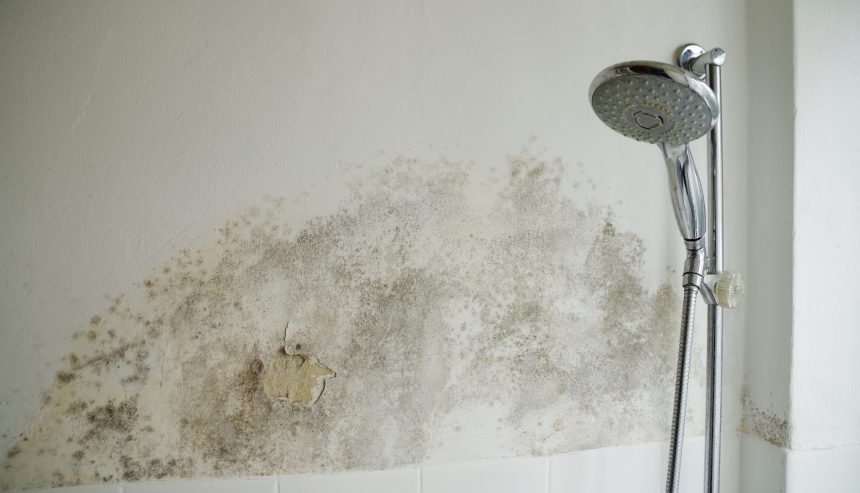This great article in the next paragraphs relating to How to Prevent Bathroom Water Damage is extremely captivating. You should see for yourself.

The shower room is very prone for damp build-up and potential water damage due to the frequent use water in it. This write-up uses basic assessment methods to assist discovering water damage hazards.
The frequent use water in the washroom makes it incredibly susceptible for moist accumulation and also possible water damage. By examining it routinely, you can reduce water relevant problems.
The complying with set of inspections is very easy to execute as well as ought to be done once in every 3 months in order to maintain your restroom in good shape and also to avoid prospective water damages brought on by the tub, the shower, pipe joints and also plumbing, sinks, closets, as well as the toilet
Do not forget doing these evaluations and also be complete while doing them. Keep in mind that these straightforward assessments can save you a great deal of money by providing very early indications for water damages
Sinks as well as Cabinets
Sinks and closets are subjected to dampness as well as humidity day-to-day as well as are often ignored. Examine consistently under the sink as well as on the countertop over it. Repair any type of drip in the trap as it might suggest drainpipe problems. Browse the sink, slow draining pipelines may show a blocked drainpipe. Replace sink seals if they are split or loose.
Tub and Shower
The shower as well as bath tub need unique attention and also maintenance. Inspect the tiles as well as change if broken. See to it that there is no missing out on grout in between the tiles. Examine and also replace split caulking at joints where the walls satisfy the flooring or the bathtub. Blocked drains pipes and pipelines troubles will stop the bath tub from drying as well as might indicate significant problems underneath the bath tub. Speak with an expert immediately to avoid architectural damages. Take note of stainings or soft locations around the bathtub walls as they might show an internal leak.
Plumbing
Signs for water damages are difficult to identify since many pipelines are mounted inside the walls.
Pay special interest to floor covering and also walls dampness and stains as they may suggest an unseen plumbing problem. Check wetness levels in adjacent areas too.
The Toilet
The toilet is a susceptible water joint. Examine the water lines and also look for leaks around the toilet seat, in the hose pipe, as well as under the water storage tank. If you find any type of indicators of dampness on the flooring around the commode, check for leaks in the toilet rim and tank seals.
Understand that hanging bathroom bowl deodorants boosts the possibilities for blockages.
Water Damage Signs In The Bathroom To Avoid Cleanup
Musty smell
This is one of the easiest signs to catch because musty smells are so odorous. The damp, earthy, moldy smell should be a big red flag. The smell will develop when moisture gets trapped in surfaces, and begins to facilitate mold growth. Leaking pipes under cabinets, inside walls, and behind shower fixtures will cause moisture to stay trapped and not dry, which will lead to mold growth and spread. As soon as you notice any musty smells in your bathroom, have it checked for hidden water damage and cleanup signs.
Visible mold
If the smell isn’t there to give it away, sometimes you will actually see mold growth. Finding mold in your bathroom is a serious problem, because mold is very harmful to your health. By the time mold growth is visible, it also means that water damage has already occurred and been present for some time. The only way the mold problem can be resolved is to find the source of the moisture and get it stopped. To safely and adequately remove mold, you need to have professionals handle the remediation. Do not waste any time in getting mold problems addressed, fixed, and sanitized so that you can protect you and your family from the many respiratory symptoms caused by mold exposure.
Damaged floors
Bathroom floors should be able to withstand some exposure to water while still remaining in good condition. However, when excess exposure or water leaks occur, they will begin to damage even the most water-resistant flooring. If you notice any cracking, bubbling, staining, or warping on your bathroom floors, there is probably a water leak somewhere causing the distortion. If you notice areas of the floor have become softer, or even have a spongy feeling, there is probably damage to the subfloor. Subflooring is typically made up of plywood. When plywood is exposed to water or moisture, it will absorb it. Once it has become saturated, the weight of the excess water will cause the wood to swell and soften. Check the floors in your bathroom frequently to catch any of these sings before they lead to damaged subflooring.
Changes on walls
When water leaks behind walls, it will cause changes in the drywall. Peeling plaster, blistering paint, and soggy wallpaper are all good indicators that excess water is building up behind the wall. Water leaking behind drywall will cause it to swell and be soft to the tough. If you start to notice gaps along the trim of your walls, or where tile meets the wall, it could also be a strong indicator that there is a leak behind the wall. Any changes, distortion, or damage on the walls should be evaluated as soon as you notice it to prevent further water damage and cleanup.

I stumbled upon that page on How to Prevent Bathroom Water Damage while browsing the search engines. Liked our review? Please share it. Help somebody else discover it. Kudos for your time. Visit again soon.
Book Your Appointment